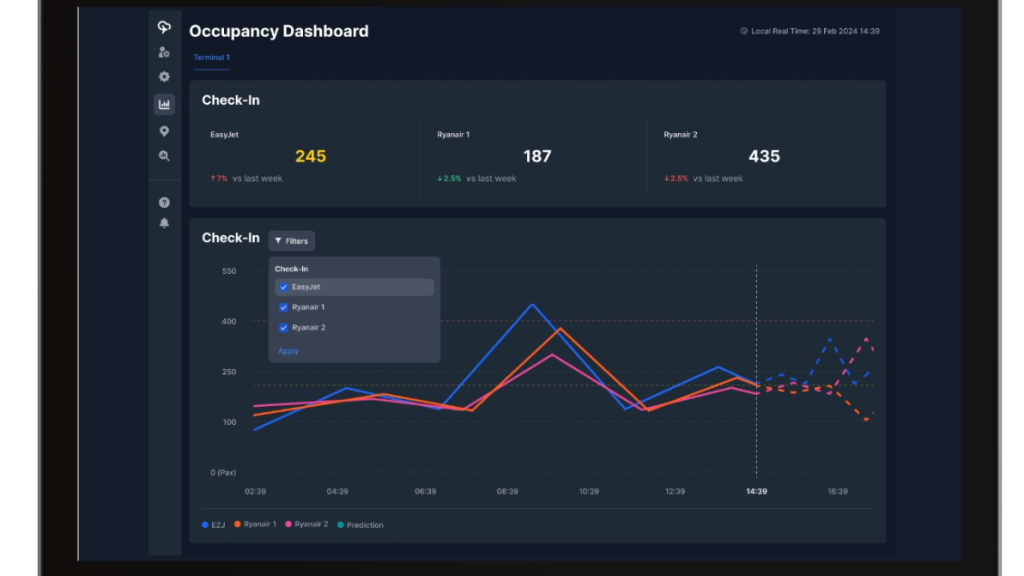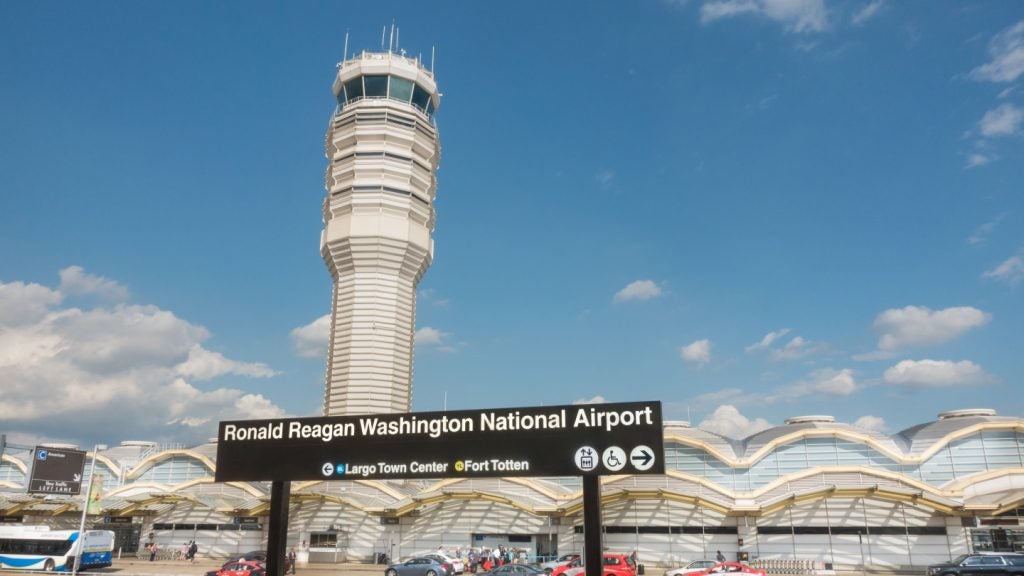
Pakistan’s air navigation system and sub-systems suffer from shortcomings in technical, operational and economic aspects. Despite measures in hand to provide improvements, the current system is unlikely to be able to cope with traffic increases of the predicted magnitude. However, a two-part navigation strategy is being put in place to offer improvements in terms of safety, efficiency and/or economy of flights, provided that their implementation is based on a fully coordinated, harmonised, evolutionary and flexible planning process.
The time horizon of the strategy is split into two phases: short-term (2000-2010) and long-term (2000-2015 and beyond), and it is in line with other related strategies. The main strategic streams are aimed at:
- implementing 4D RNAV operations, to support the transition to a full gate-to-gate management of flights by 2015
- providing positioning and navigation data at the required performance levels to support the various applications in the ATM/CNS environment
- facilitating the implementation of a ‘free routes’ concept
- supporting the continued operations of aircraft with lower capabilities as long as operationally feasible
- Deploying space-based infrastructure and a rationalisation of supporting ground-based infrastructure for all phases of flight, ensuring the transition to GNSS, in line with ICAO recommendations.
Ultimately, all these elements, together with appropriate ATM tools will enable operators to conduct their flights in accordance with their preferred trajectories, dynamically adjusted, in an optimum and cost-efficient manner.
The strategy recognises the emergence of satellite technology and its future role in the global navigation environment. However, it is expected that the rate of technological development of the system and the time needed for the resolution of institutional limitations will result in the need for a ground-based back-up system for GNSS for the foreseeable future for all phases of flight.
The strategy aims to achieve harmonised evolution, within which states may give preference to one implementation option or another in order to reflect sub-regional and local differences and to provide tangible and early benefits to the users. The availability of benefits will encourage the agreement and commitment of the users to the implementation plans. Furthermore, it will help the smooth transition to new systems and will minimise the period when support of both existing and new functionality will be necessary.
See Also:
Jahangir Khan, ex-director operations for Pakistan’s Civil Aviation Authority (CAA) says: “New systems and concepts offer potential improvements in terms of safety, efficiency and/or economy of flight. Emerging technologies can support a variety of systems designs and implementation options, some of them still immature.”
How well do you really know your competitors?
Access the most comprehensive Company Profiles on the market, powered by GlobalData. Save hours of research. Gain competitive edge.

Thank you!
Your download email will arrive shortly
Not ready to buy yet? Download a free sample
We are confident about the unique quality of our Company Profiles. However, we want you to make the most beneficial decision for your business, so we offer a free sample that you can download by submitting the below form
By GlobalDataThe navigation strategy has been developed to deal with these aspects. It is based on expressed operational requirements, taking a gate-to-gate approach, recognises the large variety of aircraft with different capabilities seeking to operate to optimum performance by exploiting the benefits of new and/or rationalised existing systems as early as possible.
“This navigation strategy delivers a set of general principles necessary to provide a harmonised and integrated common strategic framework for air navigation planning for the entire airspace,” says Nusratn ullah Khan, director of air navigation services for the CAA. “It focuses on increased safety, flexibility, costeffectiveness, operational efficiency and global interoperability issues.”
The navigation strategy addresses General Air Traffic (GAT) operations under ICAO Instrument Flight Rules (IFR). This includes the en-route, terminal area, approach and landing phases of flight as well as ground operations and procedures. It also recognises that military users of the airspace carry out operations that may not comply with ICAO IFR or individual national aviation rules or procedures for GAT. However, unrestricted access to the entire airspace will continue to be provided.
“The strategy must remain sensitive to the evolution and continued recognition of the needs and priorities of both users and providers of the navigation systems and/or services and the consequences and benefits of the available system options, as they emerge during the period,” warns CAA ex-director of operations N H Jaffri.
“Within the framework of the strategy, states may give preference to one implementation option or another in order to reflect sub-regional and local differences. They have to be developed in a continuous consultation with the users and to provide them tangible and early benefits. The availability of benefits will encourage the agreement and commitment of the users.”
The Free Flight concept
The IATA CNS/ATM User Driven Plan identifies the Free Flight concept as having the potential to become a worldwide concept. An initial step towards Free Flight is the implementation of Free Routes Airspace followed by a transfer of separation responsibility from ground to air, where and when this is safe.
Pakistan has taken serious steps in coordination with all concerned aviation authorities within Pakistan including the meteorological department, the Government of Pakistan and satellite government authorities. It is expected that the CAA will stand at the front of the queue for the date of implementation at the end of 2010.
The military aviation authorities will continue efforts to make military aircraft, and in particular military transport aircraft, compliant with civil aviation requirements for the conduct of GAT operations. However it must be foreseen that a great number of aircraft cannot completely be equipped to the required standard. Nevertheless these aircraft may be required to operate as GAT in the performance of their tasks. Procedures to accommodate these flights without compliance to the civil air navigation equipment requirements are to be established and infrastructure support for the conduct of such flights is to be maintained.
ATM requirements
The next ATM system will have to provide adequate solutions to determine the optimum ways in which the Pakistan airspace could be used. These solutions will require appropriate support and evolution of air navigation systems as well as of the communications and surveillance systems. These systems are considered enablers of ATM. Their functions become increasingly interdependent and require a higher and more predictable quality of service.
The communications function will allow the routine exchange of necessary information between air-ground and groundground elements of integrated Navigation and Surveillance systems. Emerging ground or satellite-based augmentation systems for satellite navigation require specific communication links among their various components. Air-to-air data is another service required of the communications domain, to serve the navigation, surveillance and aeronautical information services functions.
Surveillance dependencies
The application of the ADS concept in the future air navigation environment supported by a “sole means” of GNSS derived position will require the availability of high quality navigation data from aircraft systems for all phases of flight. Until then ADS will continue to be supported by a ground based surveillance function which can provide independent verification of the position information provided in the ADS messages. Meanwhile, the importance of aeronautical information and charts systems has changed significantly with the implementation of RNAV and RNP concepts. Aeronautical Information Service has become a crucial and critical enabler for the implementation of the future ATM system. The global requirement for accurate navigation capability will require high quality aeronautical databases.







